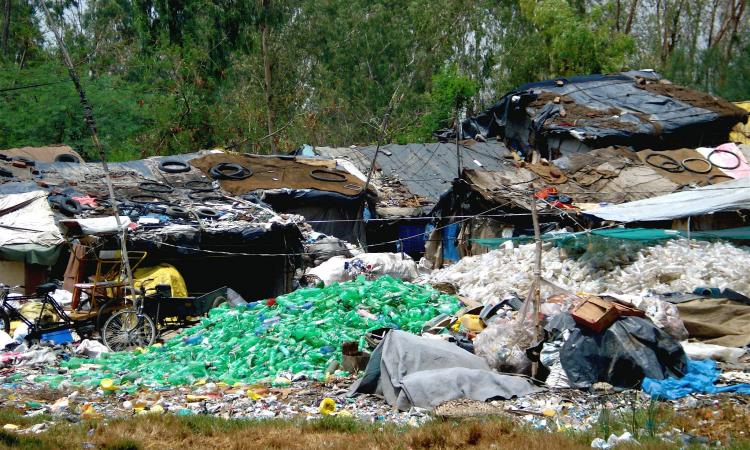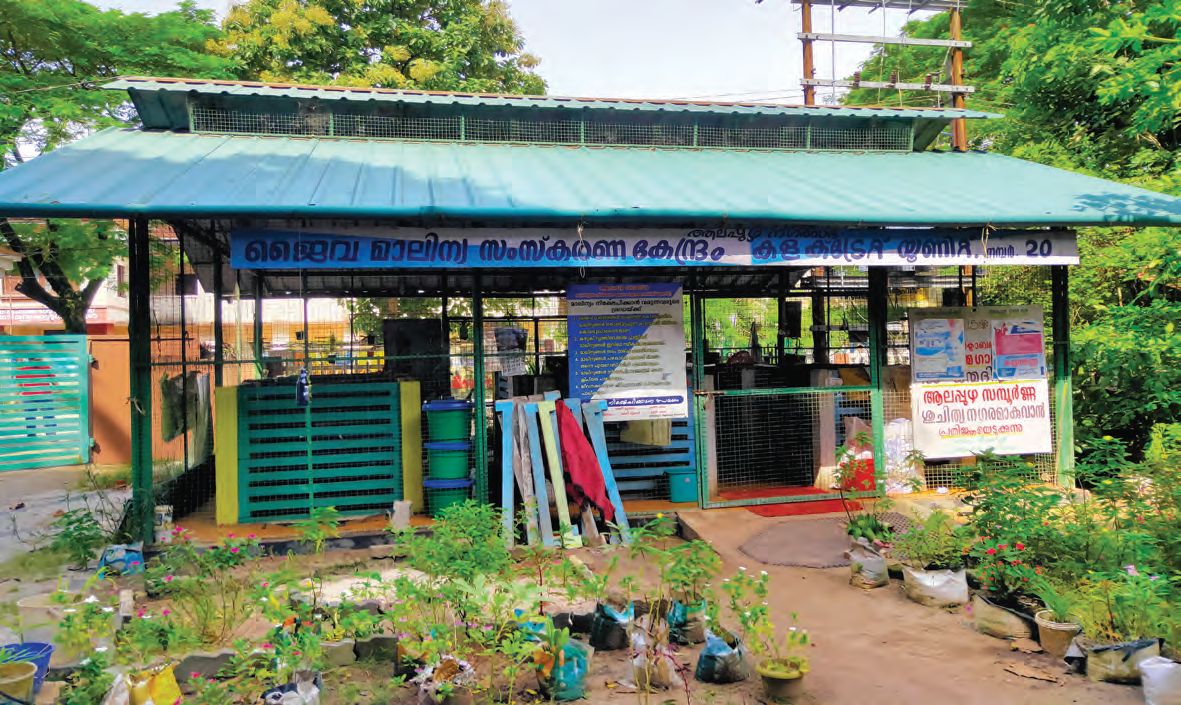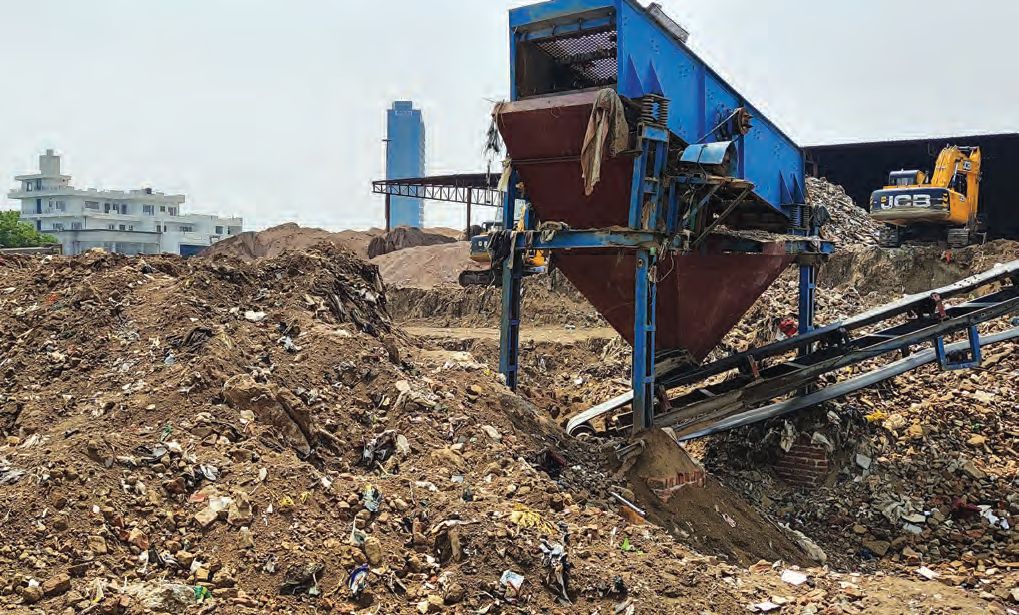
A recent report ‘Waste-wise cities: Best practices in municipal solid waste management’ released by NITI Aayog and Centre for Science and Environment documents best practices from 28 cities in 15 states of India - from Leh in Ladakh to Alappuzha in Kerala, from Indore in Madhya Pradesh to Dhenkanal in Odisha, and from Gangtok in Sikkim to Surat in Gujarat.
The report unveils a wealth of initiatives, innovations and best practices and that ranges over thematic areas, from source segregation, material recovery and technological innovations to the management of different kinds of wastes and systems such as biodegradables, e-waste, C&D waste and landfills.
The report of how Indian cities are managing their solid waste – was released on 6th December by NITI Aayog vice-chairperson Rajiv Kumar, CEO Amitabh Kant and special secretary K Rajeswara Rao, along with Sunita Narain, director general, Centre for Science and Environment (CSE).
India’s solid waste management sector has witnessed unparalleled growth in the last few years. The Swachh Bharat Mission Phase 2 has been launched to further strengthen the efforts for a clean India. “The book is a knowledge repository compiling success stories of 28 cities across the country that achieved remarkable progress in various areas of waste management,” said Dr. K. Rajeswara Rao, Special Secretary, NITI Aayog.
The new report is the result of a country-wide survey and on-ground collective research that was initiated in July 2021. The entire gamut of municipal solid waste management has been seen from a cross-section of 10 different aspects that explains a sustainable value chain.

“Over the past few years, Indian cities have witnessed a steady departure from the traditional practice of managing municipal solid waste to a more environment-friendly and financially sustainable system. There is a greater emphasis on source segregation for sustainable solid waste management and to moving from ‘linearity’ to ‘circularity’,” the report says.
“Looking at the future of Indian development where urbanisation is going to be the key and cities will be the driving force of economic growth, implementing efficient waste management systems in cities is extremely important,” said Dr. Rajiv Kumar, Vice-Chairperson, NITI Aayog.
He emphasised, “Jan Andolan for Swachhta is very essential, where everybody is involved and understands importance of source segregation and overall waste management operations.”
He further added, “With extensive mass communication for behavioural change, every city can and must aspire to become Indore. It is also important that these best practices are referred and adapted by tier 2 and tier 3 cities.”
He also highlighted that “Frontier technologies have to be used for converting waste to the highest form of energy.” He added, “The key to achieving zero waste cities is to strengthen governance capabilities especially in the municipalities and other ULBs.”
Shri Amitabh Kant, CEO, NITI Aayog, Efficient management of solid waste will be India’s key challenge in its rapid urbanisation story. He stressed on the need to promote source segregation and circularity in waste management as business practices along with necessary rules and regulations. He further added that cities need to become the agent of change in this sector for a smooth transition to a circular economy.
Dr. K. Rajeswara Rao emphasised that urban local bodies across the country should have access to knowledge resources that present strategies for different components of the waste management service chain. He highlighted the key learning from the best practices including, behaviour change communication, source segregation of waste, innovative models of circular economy, advance data management and technology like GIS tracking of waste transportation vehicles etc.
“The Swachh Bharat Mission (SBM) 2.0, launched on September 1, 2021, is now based on a clear strategy for solid waste management in cities – a strategy that focuses source segregation, material reprocessing, and zero-landfills. This change needs to be recognised and disseminated so that waste does not add to contamination and become a public health menace. Waste should become a resource to be reworked, reused, and upcycled,” says Sunita Narain, Director General of CSE.
Among the success stories is that of Jamshedpur which has proved to be a model of material recovery by establishing Dry Waste Collection Centres (DWCCs) to manage its non-biodegradable waste, where the waste is further segregated into paper, metal, wood, cloth, non-recyclables and packaging materials.
The city has also constructed more than 20 km of roads using non-recyclable plastic waste collected from plastic from the DWCCs. The concept of eco-bricks has been popularised in schools and residential societies to promote the storage of non-recyclables at the household level.
The report deals with the management of construction and demolition (C&D) waste which is estimated at 150 million tonnes every year in India. C&D waste is bulky in nature and a significant proportion of this waste stream can be potentially recycled and reused and brought back to construction to replace the dependence on virgin raw material.
In addition, recycling C&D waste can help reduce the environmental footprints of buildings and infrastructure. The case of North Delhi’s C&D processing plant with a capacity of 2,000 TPD which converts it into aggregates, which in turn is converted to ready mix concrete, cement bricks, hollow bricks, pavement blocks, kerbstones, concrete bricks, and manufactured sand is dealt with in the report.

The report also deals with the issue of sanitary waste management, the least explored and debated of all the streams of solid waste that is generated at the household level. As per the Solid Waste Management Rules, 2016, sanitary waste has to be handed over along with the dry waste bin. The handling and channelisation of this stream of waste involves occupational hazards and is a matter of concern for most cities.
The case of Karad, Maharashtra which broke the taboo around sanitary waste and was able to achieve a 100 per cent sanitary waste collection rate has been dealt with in the report. The city also ensures that sanitary waste is transported and processed separately in the local Common Biomedical Waste Treatment Facility (CBWTF). All this was achieved through minimal investment in infrastructure and higher accountability amongst citizens and city government through a combination of communication and enforcement strategy.
These cities could well be a learning laboratory through exposure visits and the evidence needs to be showcased at appropriate forums and scale to reach the masses. NITI Aayog and CSE will jointly host workshops to disseminate the learning with cities across the nation.
The full report can be accessed here